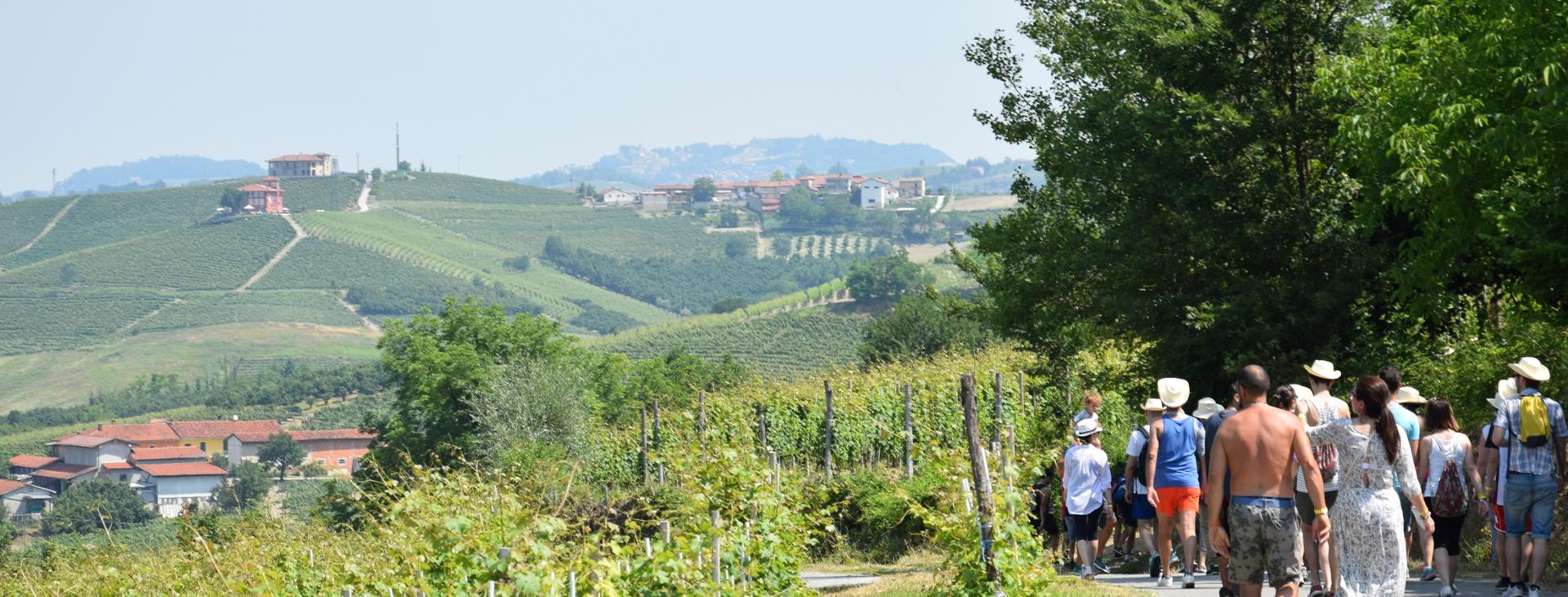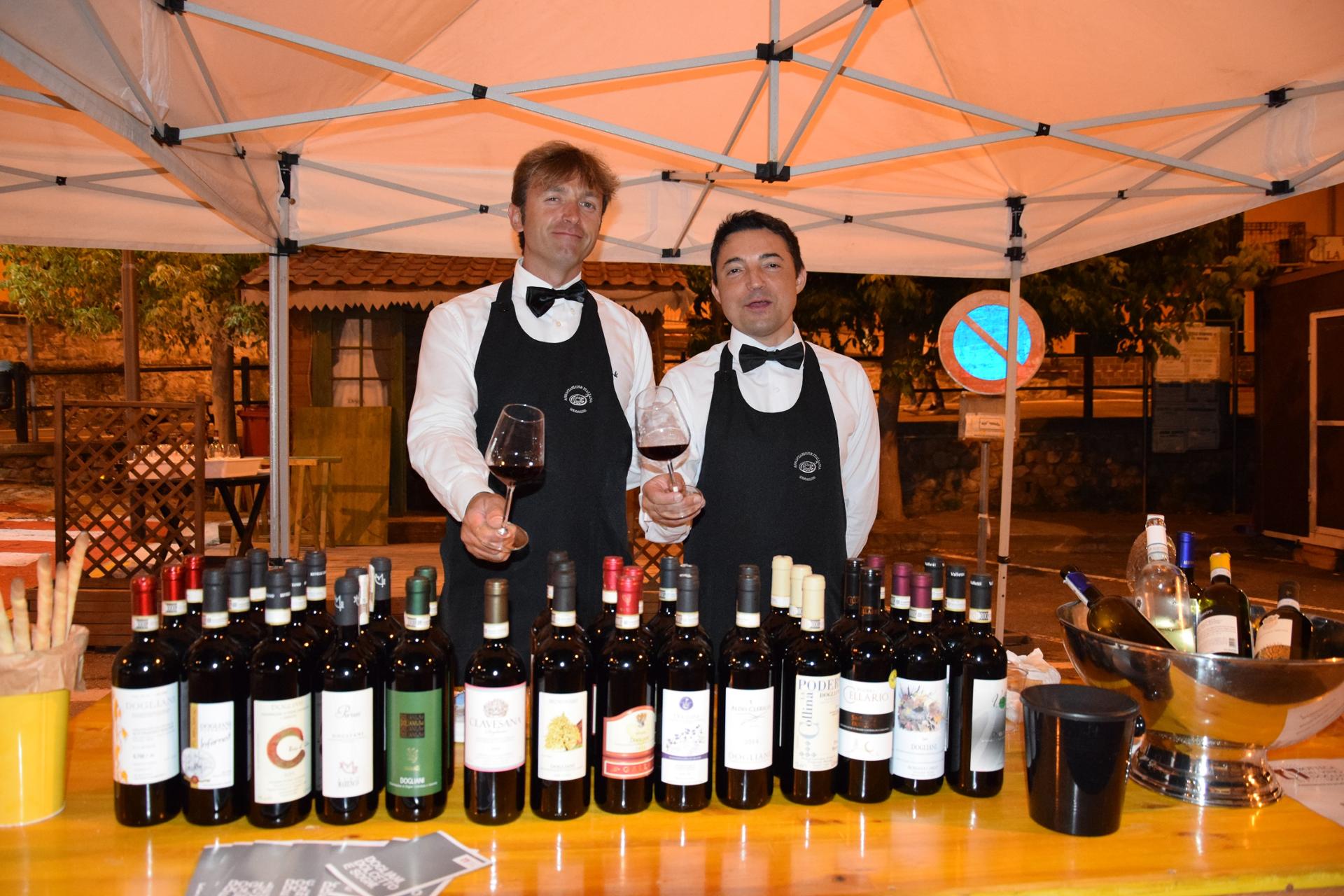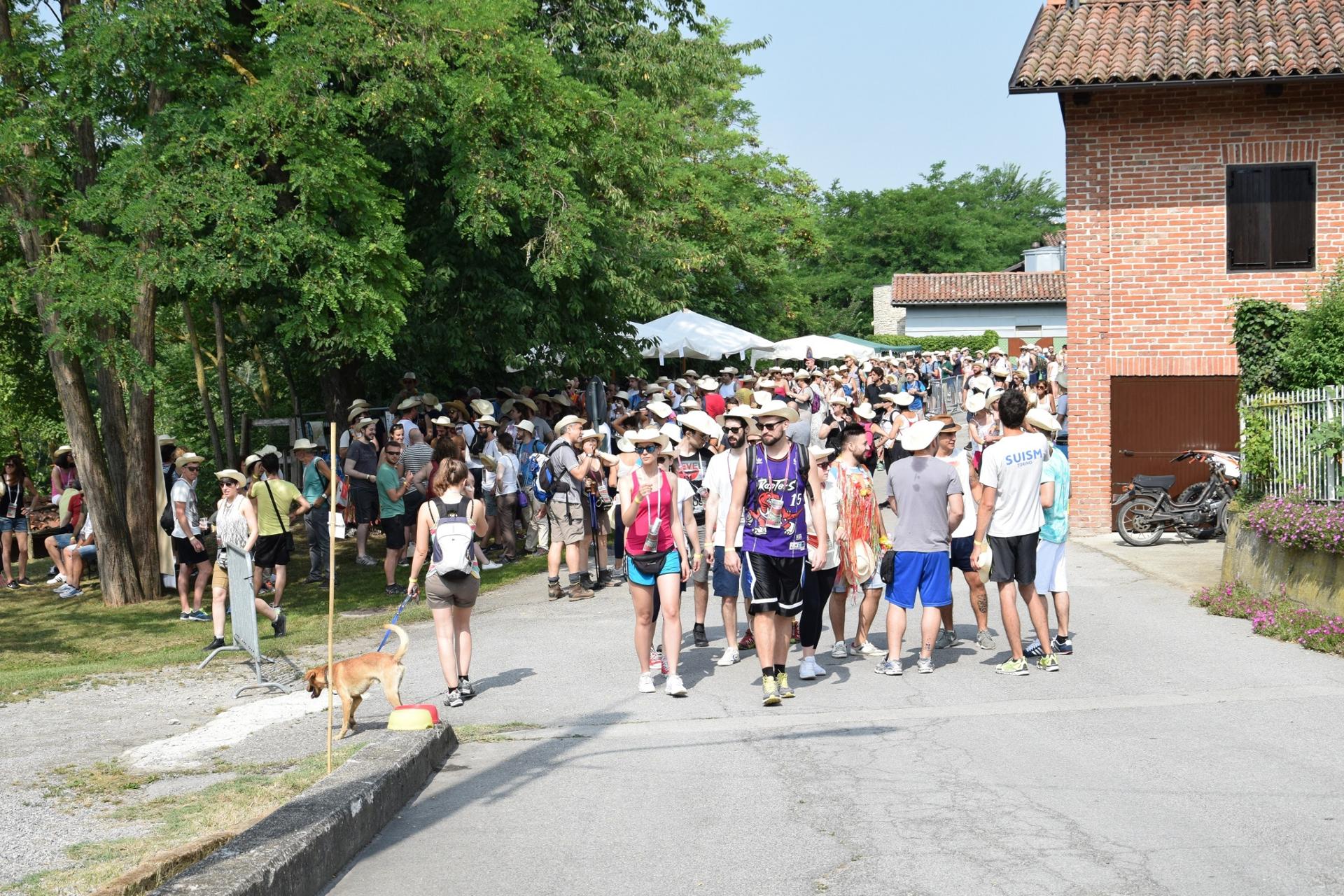
FARIGLIANO, FOSSANO, MONDOVI
- Home
- The Territory, our home - Visit Cuneese
- THE “RED CATS” OF FARIGLIANO
THE “RED CATS” OF FARIGLIANO
Always cheerful and friendly, the inhabitants of Farigliano have earned themselves the nickname of "Gatt Ross", which means “red cats” in piedmontese. These affable qualities are certainly influenced by the presence of the excellent wine produced in the hills of the town and served in its taverns and cellars. The town, which dates back to Roman times, not only boasts excellent food and wine, but also a host of traditions that tend to disappear through the centuries.






Discover
more

Probably of Roman origin, the name of Farigliano derives from the Latin “Forofulviem”. Legend has it that the current parish church, rebuilt at the end of the 19th century after the earthquake of 1887, was erected on the remains of a temple dedicated to Diana, goddess of the woods and hunting. In the centuries that followed, as a border area, it assumed strategic importance, becoming an outpost of the Marquises of Saluzzo. In a document of 1210, we find evidence of the presence of a castle, subsequently destroyed in 1537 during the war between French King Francis I and Emperor Charles V.
The geographical position of Farigliano, almost an outpost with respect to the hills of the Langhe and lapped by the Tanaro river, has strongly influenced its economy, based largely on viticulture. On the sunny slopes of these hills, wines such as Dogliani DOCG are produced from Dolcetto vines, as well as large productions of Nebbiolo and Barbera.
On the road to Carrù, in the Mellea area, hidden by the vegetation, is the Santuario di Nostra Signora delle Grazie, with its elegant red brick facade. This corner of peace and tranquility, perfect for a picnic, is looked after by a community of Franciscan friars. The small late-Gothic Cappella di San Nicola rises in an elevated position with respect to the inhabited area. Its apse still bears interesting pictorial decorations, including a splendid representation of Christ Pantocrator, attributed to Frater Henricus, who had been active in those times in nearby Piozzo.
One of the most important events held in the town is La Camminata del Gusto, an 8- kilometre trek divided into ten stops, during which it is possible to taste typical dishes of the Langhe tradition. In the first week of December, La Fiera dei Puciu e di San Nicolao is celebrated, a fair dedicated to the medlar fruit, harvested before ripe and ripened in straw.
At the end of August it is the turn of the Festa del Bon Vin, a tribute to Dolcetto, with tasting sessions and guided tours of the cellars. This event also offers an opportunity to relive a traditional medieval game strongly rooted in the town: the game of skittles or “giog d´le bije” is an activity reserved for women who, on this occasion, compete in pairs wearing traditional dress. The game, a cross between bowls and bowling, consists in throwing a ribata (an elongated wooden ball) towards the nine pins, also made of wood, and trying to reach a set score.
esempi di as xml: xml serveResource con templateId (chiave)
esempi di as json: json serveResource con templateId (chiave)
esempi di as json e siteId: json serveResource con siteid
en_US
What
to do
en_US
Experiences
No result found
en_US
Where
sleeping
en_US
Offers
en_US
Info


